In the fascinating world of reptiles, crocodiles and alligators hold a special place due to their ancient lineage and distinctive features. At first glance, these majestic creatures might seem quite similar, but they belong to different families: Crocodylidae and Alligatoridae, respectively.
Understanding the differences between crocodiles and alligators is not just a matter of curiosity, but it holds substantial importance for several reasons. Firstly, it aids in the conservation efforts directed towards these species, as differentiating between them allows for more targeted and effective conservation strategies.
In the following sections, we will delve deeper into the physical, behavioral, and habitat differences between crocodiles and alligators, equipping you with the knowledge to easily identify them in the wild. Stay tuned to become an expert in the field!
Differences Between Crocodiles and Alligators
Physical Differences Between Crocodiles and Alligators
When it comes to distinguishing between crocodiles and alligators, understanding their physical differences is your first step to becoming an expert. Let’s delve into the fascinating world of these creatures and explore the distinctive features that set them apart.
Snout Shape
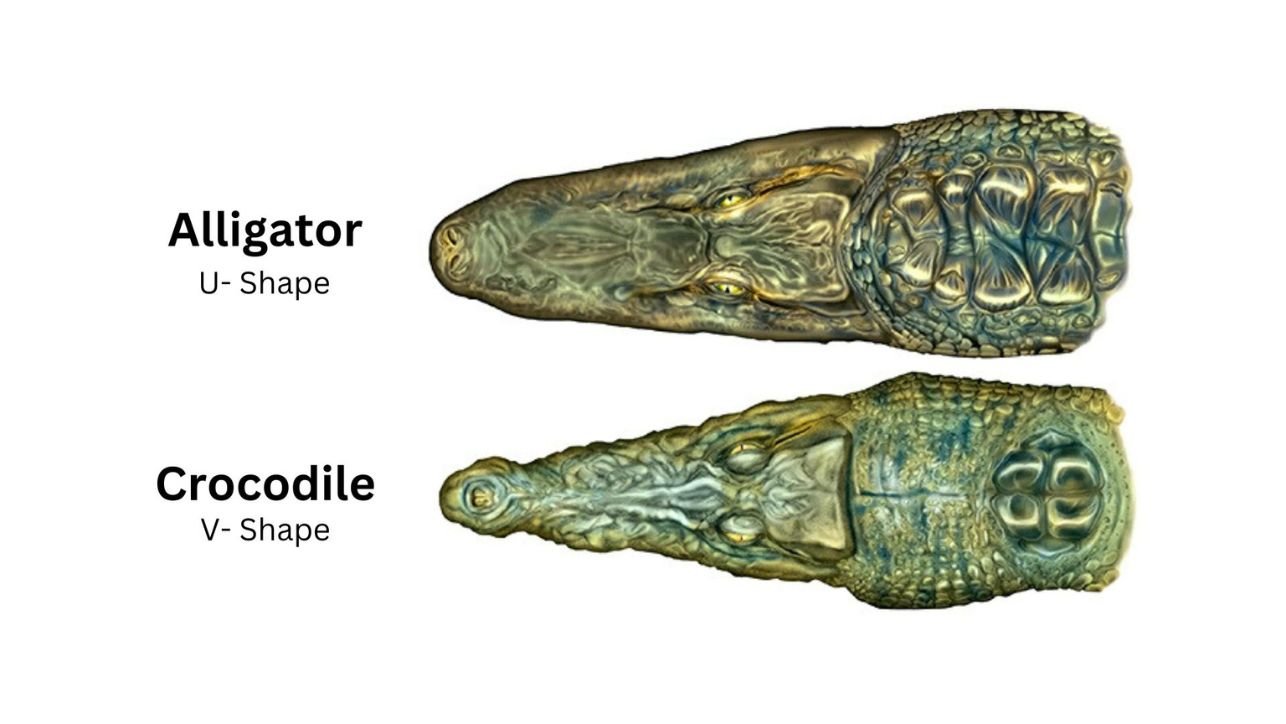
One of the most noticeable differences between crocodiles and alligators is the shape of their snouts.
Crocodile: These creatures have a more V-shaped or pointed snout, which gives them a somewhat fierce appearance. This shape is not just for show; it allows them to cut through water swiftly while hunting.
Alligator: In contrast, alligators have a broader, U-shaped snout. This rounded shape is more suited for crushing the shells of their prey, such as turtles and mollusks.
Teeth Structure
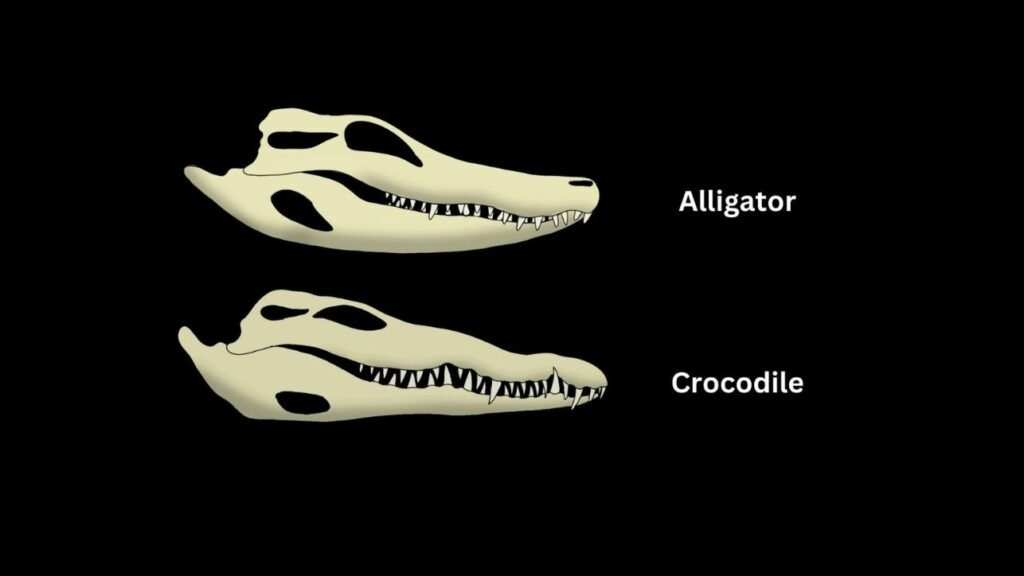
The structure of their teeth is another distinguishing feature that can help you identify these reptiles accurately.
Crocodile: Crocodiles have a unique set of teeth where the fourth tooth on the lower jaw is visible even when their mouth is closed, giving them a somewhat menacing smile.
Alligator: Alligators, on the other hand, have a dental structure where most of their teeth are hidden when the mouth is closed, offering a more ‘closed’ smile compared to crocodiles.
Skin and Color
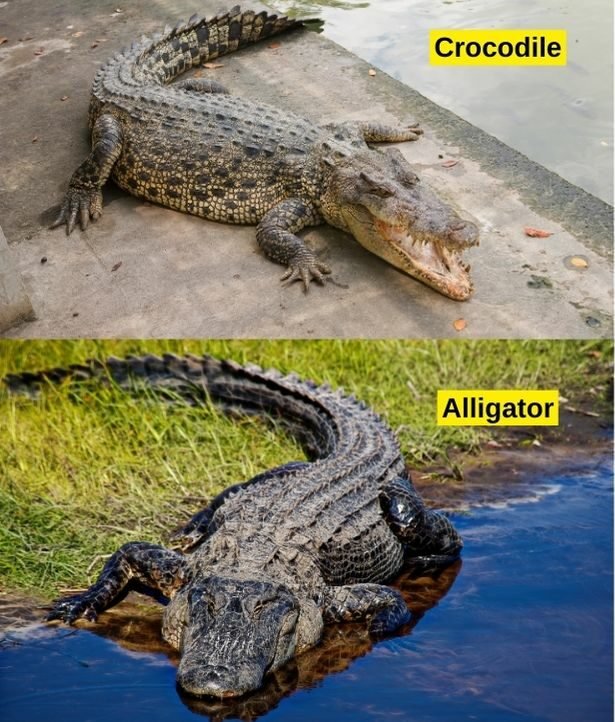
The skin color of these reptiles is another distinguishing factor that can aid in their identification.
Crocodile: Crocodiles generally have a lighter, olive-brown color which helps them blend seamlessly with their natural habitats, providing them with an excellent camouflage mechanism.
Alligator: Alligators possess a darker, almost black coloration. This darker hue helps them absorb more heat and is well-suited to their primarily freshwater habitats.
Size and Body Structure
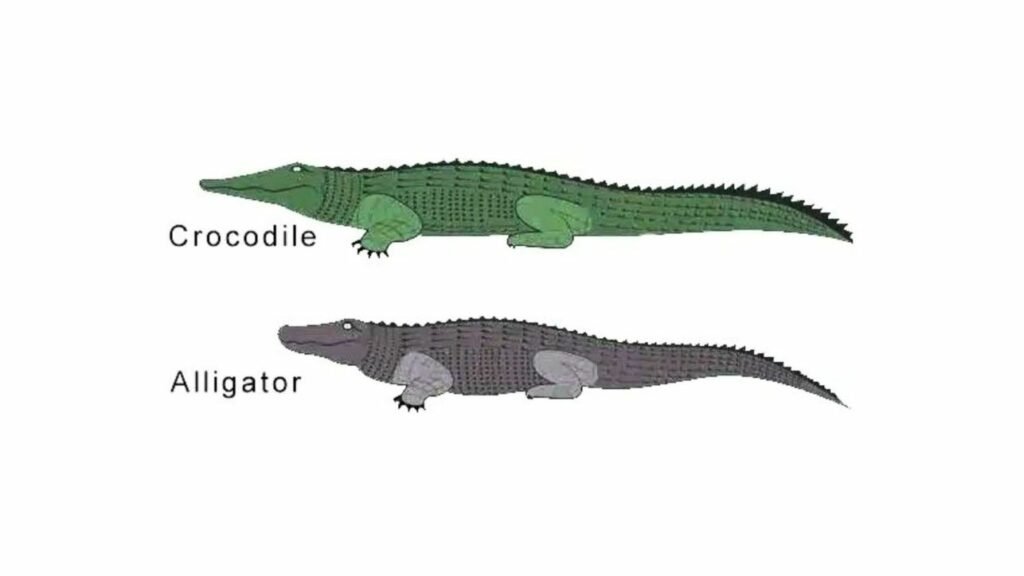
Lastly, the size and body structure of these creatures are different, which can be observed in their overall build and posture.
Crocodile: Crocodiles are generally larger and more slender, which allows them to be swift and agile in water, a vital trait for hunting their prey.
Alligator: Alligators are shorter and have a more robust body structure, making them powerful and formidable predators in their environment.
Habitat and Geographic Distribution of Crocodiles and Alligators
In our journey to understand the captivating world of crocodiles and alligators, the next stop is their habitat and geographic distribution. These factors not only help in distinguishing between the two but also provide insights into their unique lifestyles and adaptations. To experience the distinct habitats of crocodiles and alligators firsthand, from saltwater areas to freshwater environments, Rental24.co.uk can provide the ideal car hire deal for your adventure. Let’s explore these aspects in detail.
Natural Habitats
The natural habitats of crocodiles and alligators are distinct, reflecting their different physiological needs and preferences.
Crocodile: Crocodiles have a penchant for saltwater habitats. They are often found in coastal areas, estuaries, and even sometimes in the open sea. Their specialized glands help them excrete excess salt, allowing them to thrive in saline environments.
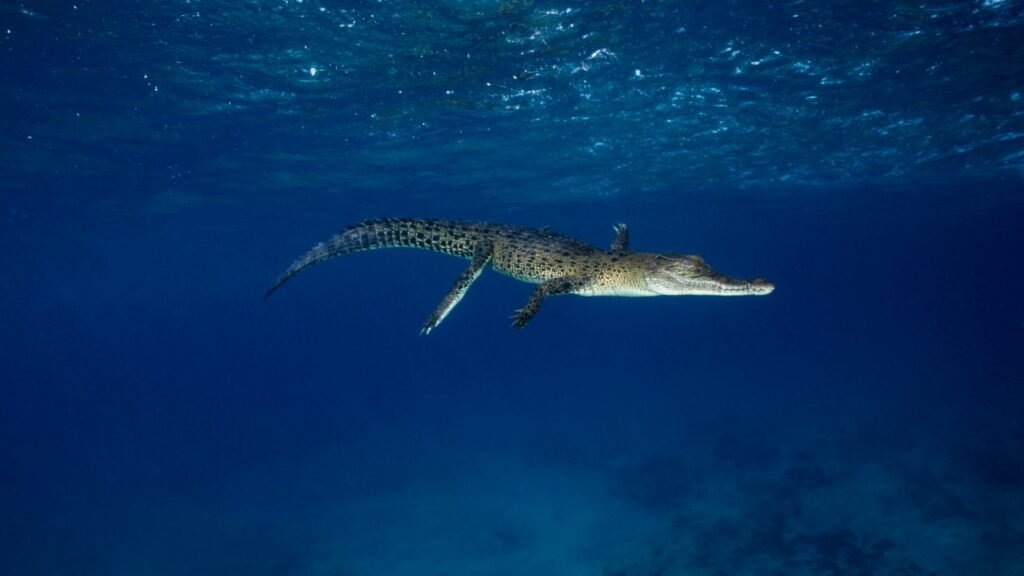
Alligator: In contrast, alligators have a preference for freshwater habitats. They are commonly found in rivers, lakes, and swamps, where they can easily access their preferred prey. Their physiology is more suited to freshwater environments, making them a common sight in these areas.
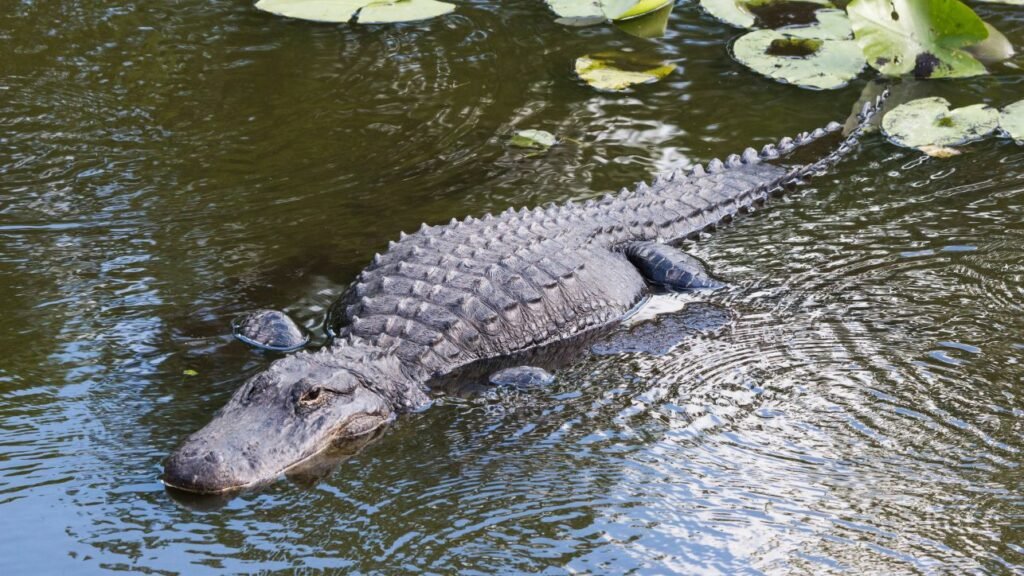
Geographic Distribution
The geographic distribution of these magnificent creatures is quite extensive, covering various continents and showcasing their adaptability to different environments.
Crocodile: Crocodiles have a wider distribution, found in several continents including Africa, Asia, Australia, and the Americas. This wide range showcases their adaptability and the vast array of ecosystems they inhabit.
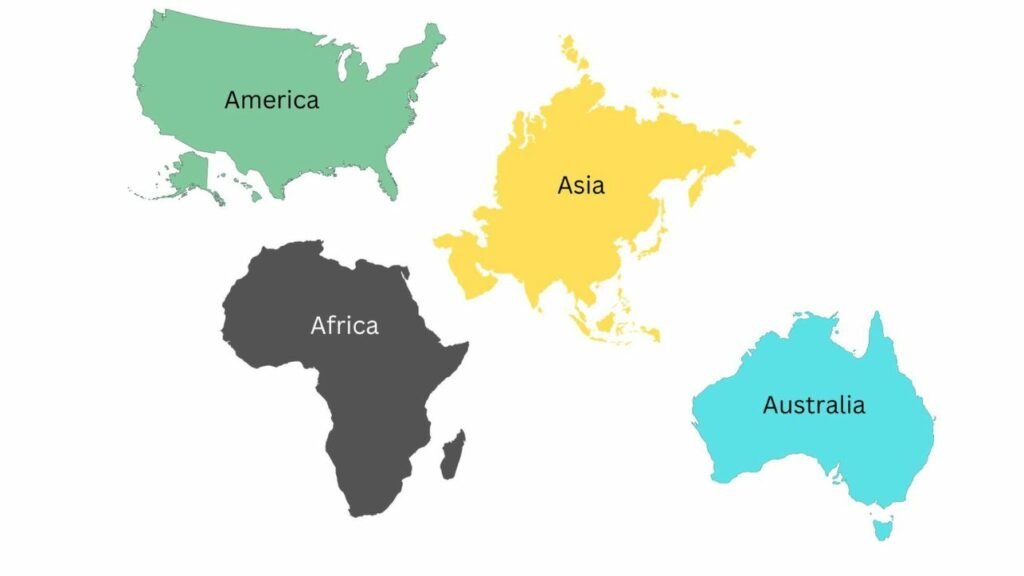
Alligator: Alligators have a more limited distribution, primarily found in the USA and China. In the USA, they are commonly seen in the southeastern states, while in China, they are found in the Yangtze River basin. This limited distribution makes the conservation of their habitats even more critical.

Behavioral Differences Between Crocodiles and Alligators
As we continue to explore the fascinating world of crocodiles and alligators, we now turn our attention to their behavioral differences. Understanding their distinct behaviors not only helps in distinguishing between the two but also offers a glimpse into their unique lifestyles. Let’s delve deeper into their social behavior, nesting habits, and feeding preferences.
Social Behavior
When observing crocodiles and alligators, their social behavior is one of the most striking differences that you’ll notice.
Crocodile: Crocodiles are known to be more aggressive in nature. This aggressive behavior is often observed during mating seasons or when defending their territory. Their interactions with other species, including humans, are characterized by a higher level of aggression compared to alligators.
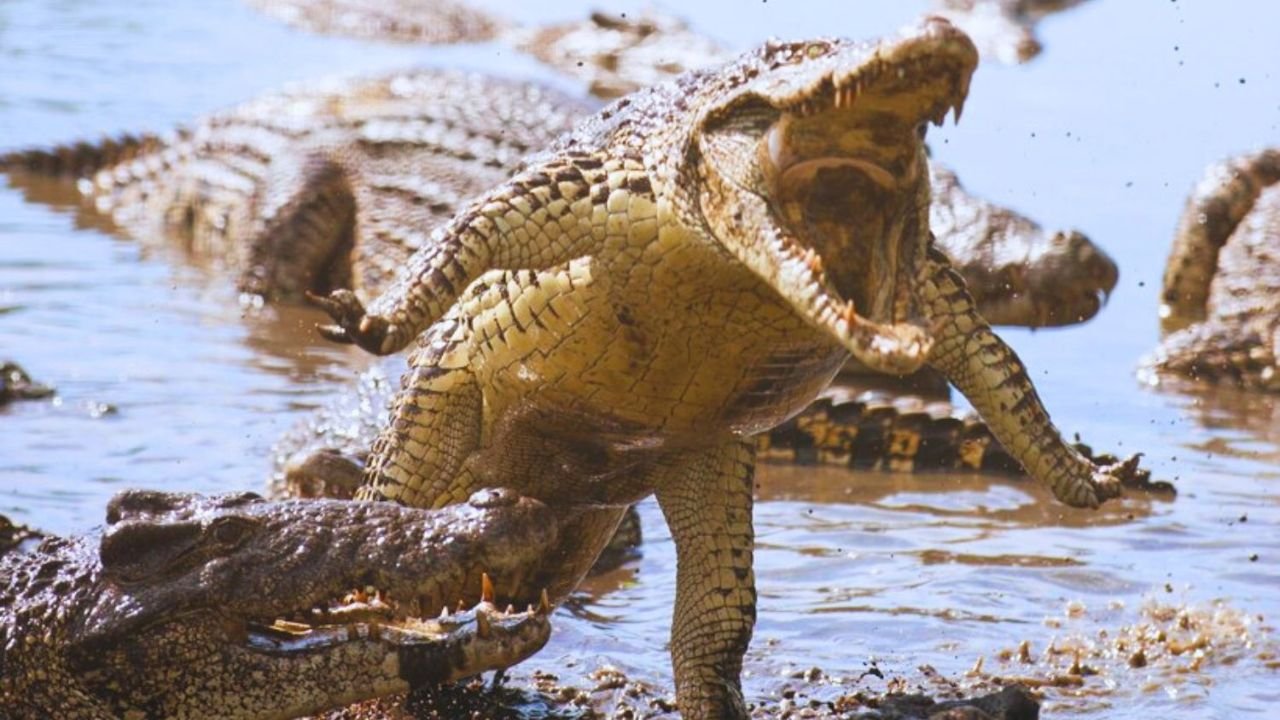
Alligator: In contrast, alligators exhibit a more docile demeanor. They are generally less aggressive and more tolerant of the presence of other alligators, especially in densely populated habitats. This docile nature makes them slightly less dangerous compared to crocodiles, although caution is always advised when encountering any wild animal.
Nesting and Reproduction
The nesting and reproductive habits of these creatures are another area where their differences are clearly evident.
Crocodile: Crocodiles prefer to nest on sandy shores, where they lay their eggs and vigilantly guard them until they hatch. This nesting habit is closely tied to their preference for saltwater habitats.
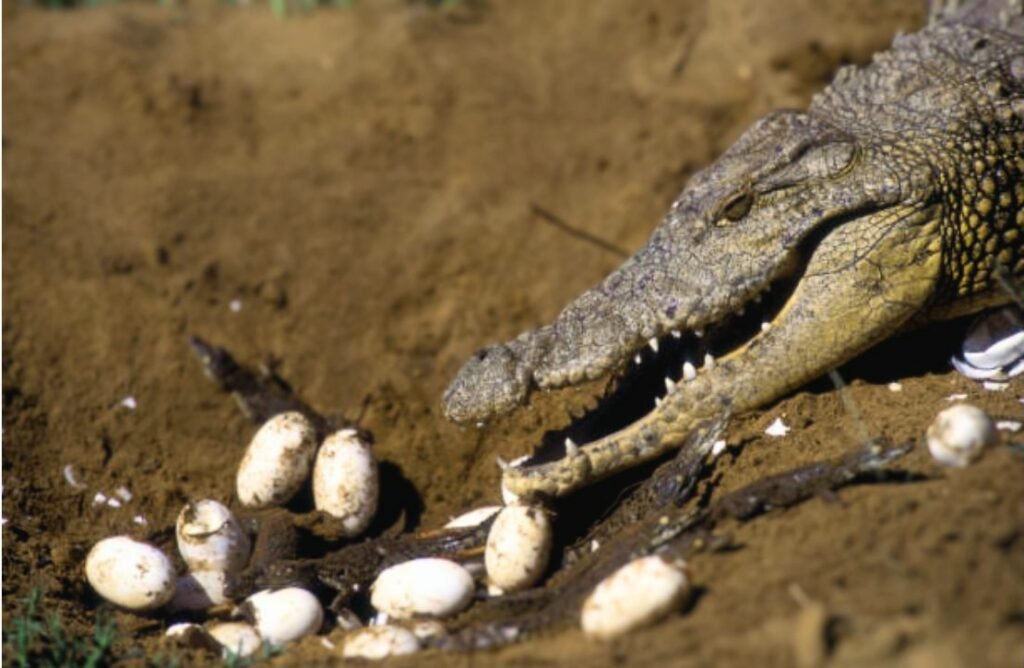
Alligator: Alligators, on the other hand, build nests using vegetation, often in freshwater marshes and swamps. These nests not only protect the eggs but also help in regulating their temperature, ensuring a higher survival rate for the offspring.
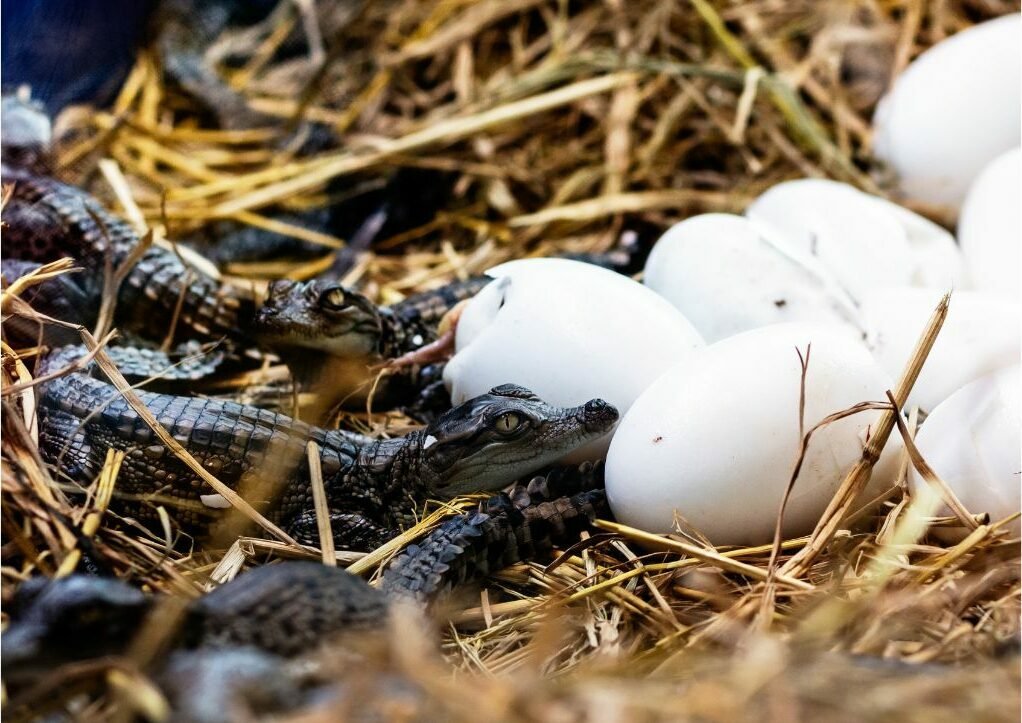
Feeding Habits
The feeding habits of crocodiles and alligators are also distinct, showcasing their adaptation to their respective habitats.
Crocodile: Crocodiles have a more varied diet, which includes a wide range of prey such as fish, birds, and even larger mammals. Their powerful jaws and sharp teeth allow them to tackle a diverse array of prey.
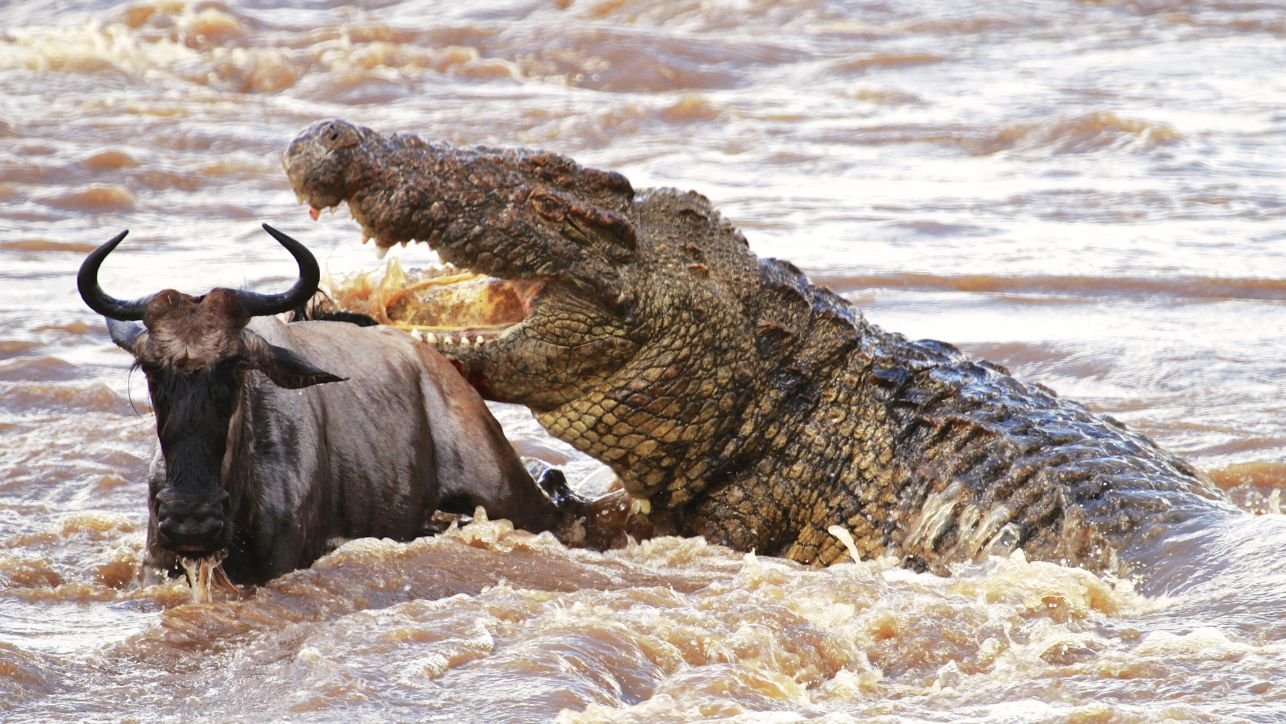
Alligator: Alligators primarily feed on fish, amphibians, and smaller mammals. Their U-shaped snouts are well-suited for catching fish and crushing the shells of turtles and mollusks, which form a significant part of their diet.
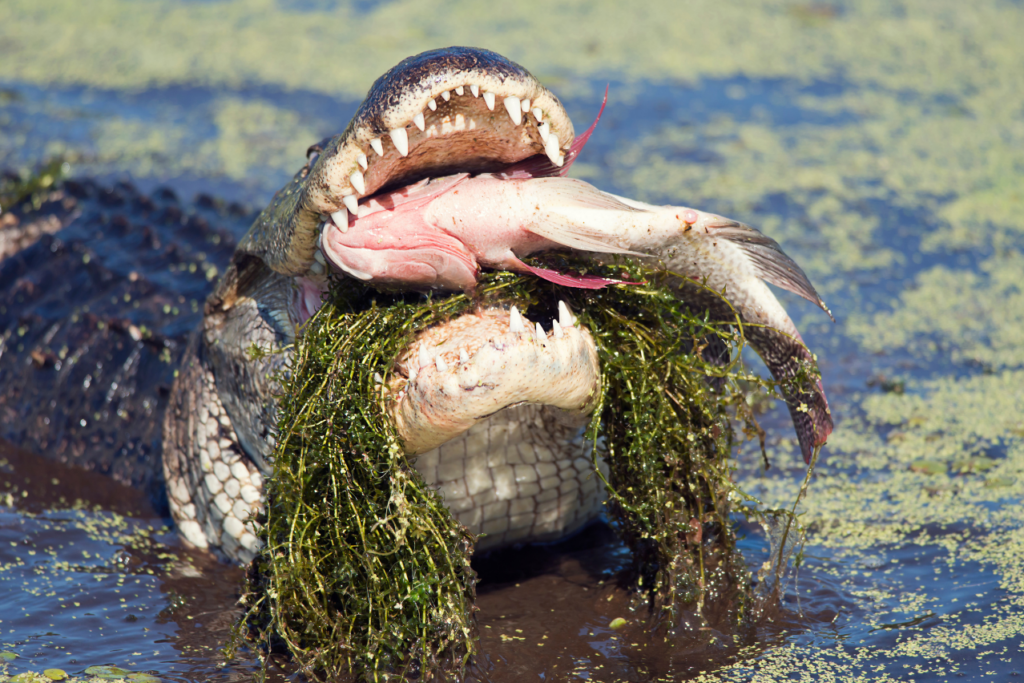
Conclusion
As we wrap up our enlightening journey into the world of crocodiles and alligators, let’s recap the key differences that set these magnificent creatures apart and share some handy tips for identifying them in the wild. These insights will not only enhance your understanding but also equip you with the knowledge to appreciate these creatures in their natural habitats.
Summary of Key Differences
In our exploration, we have unearthed several distinctive features and behaviors that differentiate crocodiles and alligators:
- Snout Shape: Crocodiles have a V-shaped snout, while alligators sport a broader, U-shaped snout.
- Teeth Structure: Crocodiles display exposed teeth even when their mouth is closed, whereas alligators have hidden teeth when the mouth is closed.
- Skin and Color: Crocodiles have a lighter, olive-brown skin, in contrast to the darker, almost black coloration of alligators.
- Size and Body Structure: Crocodiles are generally larger and more slender, while alligators are shorter and more robust.
- Natural Habitats: Crocodiles prefer saltwater habitats, while alligators are more at home in freshwater environments.
- Geographic Distribution: Crocodiles are found across multiple continents, whereas alligators have a more limited distribution, primarily in the USA and China.
- Behavioral Aspects: Crocodiles are known to be more aggressive, with varied diets and nesting habits on sandy shores, while alligators are more docile, primarily feeding on fish and amphibians, and building nests with vegetation.
Tips for Identifying Crocodiles and Alligators in the Wild
Identifying crocodiles and alligators in the wild can be a thrilling experience. Here are some tips to help you distinguish between the two:
- Observe the Snout: Pay attention to the shape of the snout; a V-shaped snout indicates a crocodile, while a U-shaped snout points to an alligator.
- Check the Teeth: Notice the teeth structure; visible teeth when the mouth is closed is a characteristic of crocodiles.
- Examine the Skin Color: Look at the skin color; lighter, olive-brown skin is typical of crocodiles, while a darker hue is a trait of alligators.
- Study Their Behavior: Observe their behavior; more aggressive tendencies are usually displayed by crocodiles, while alligators are generally more docile.
- Habitat Clues: Consider the habitat; finding them in saltwater habitats is a clue for crocodiles, while freshwater habitats are preferred by alligators.
In conclusion, we hope that this guide has equipped you with the knowledge to appreciate the unique characteristics of crocodiles and alligators. Remember, whether you are on a safari or watching a documentary, these tips will help you become a pro at identifying these magnificent creatures in the wild. Happy exploring!

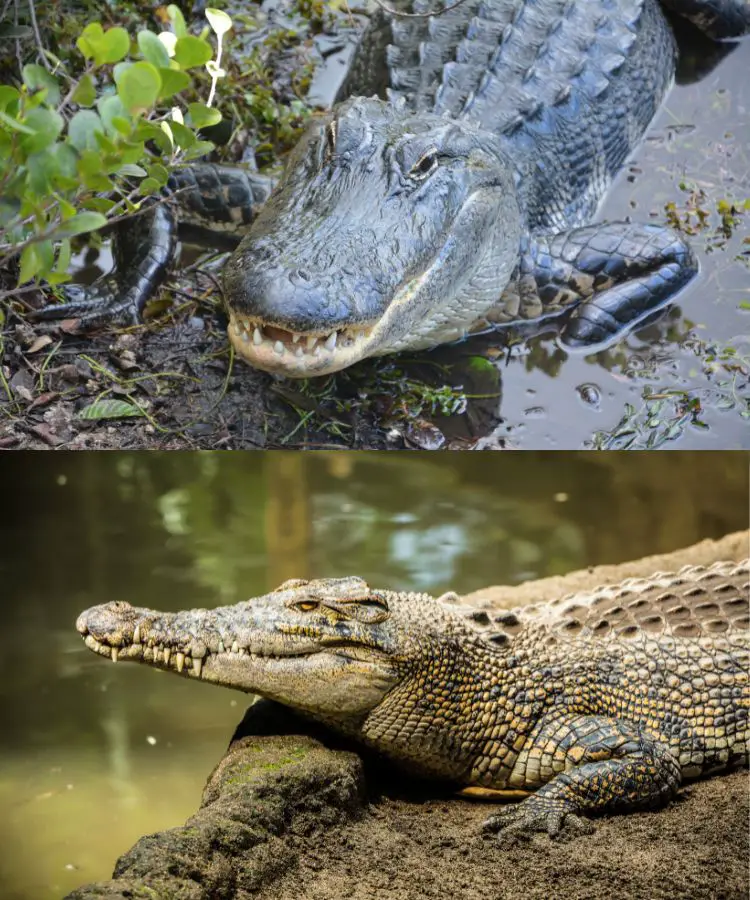






Leave a Reply